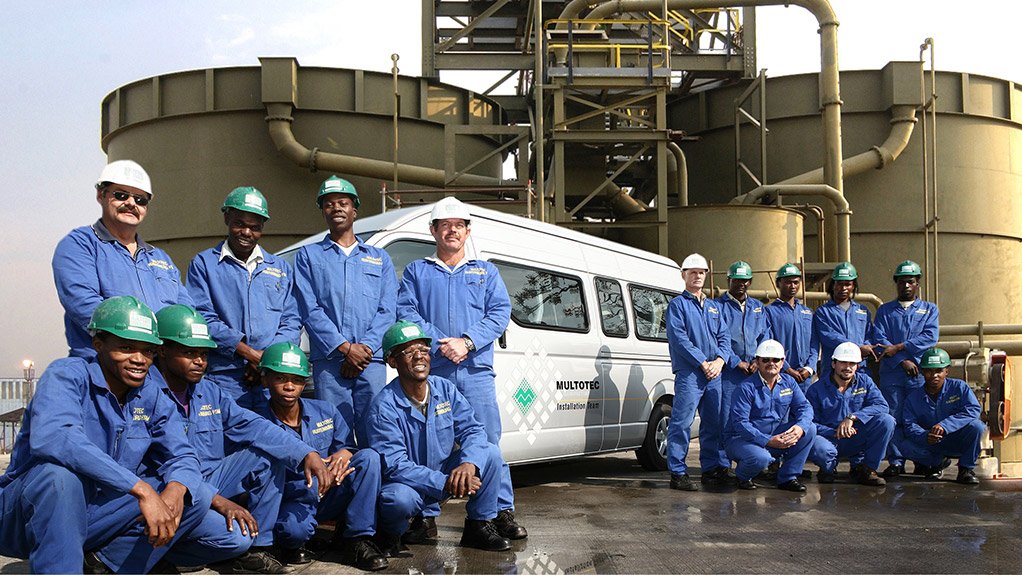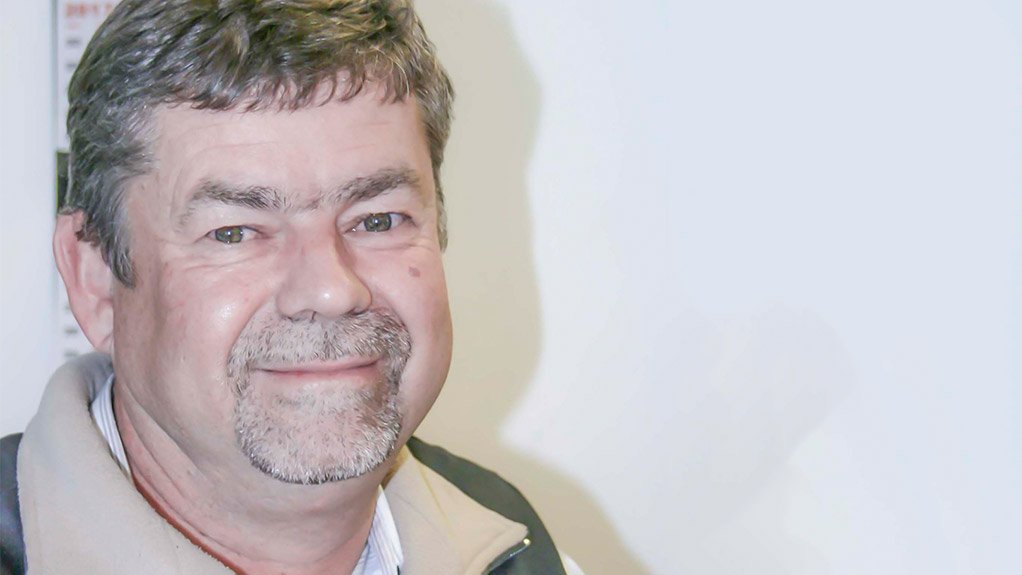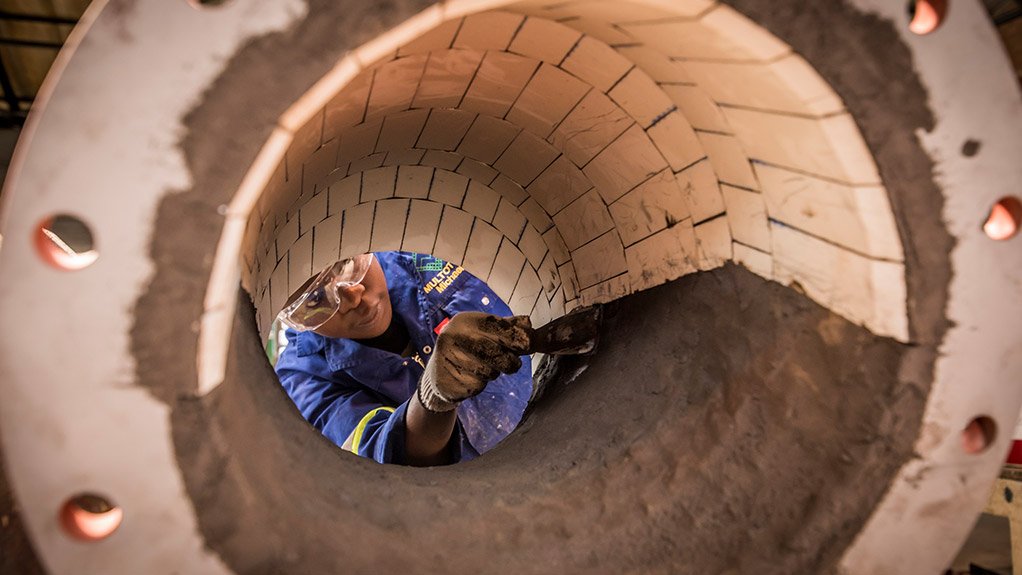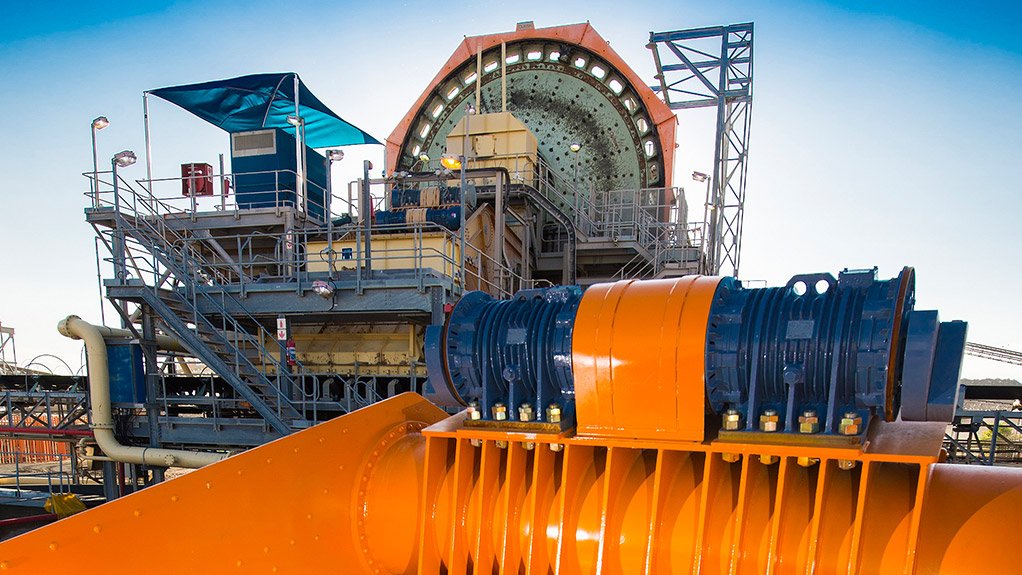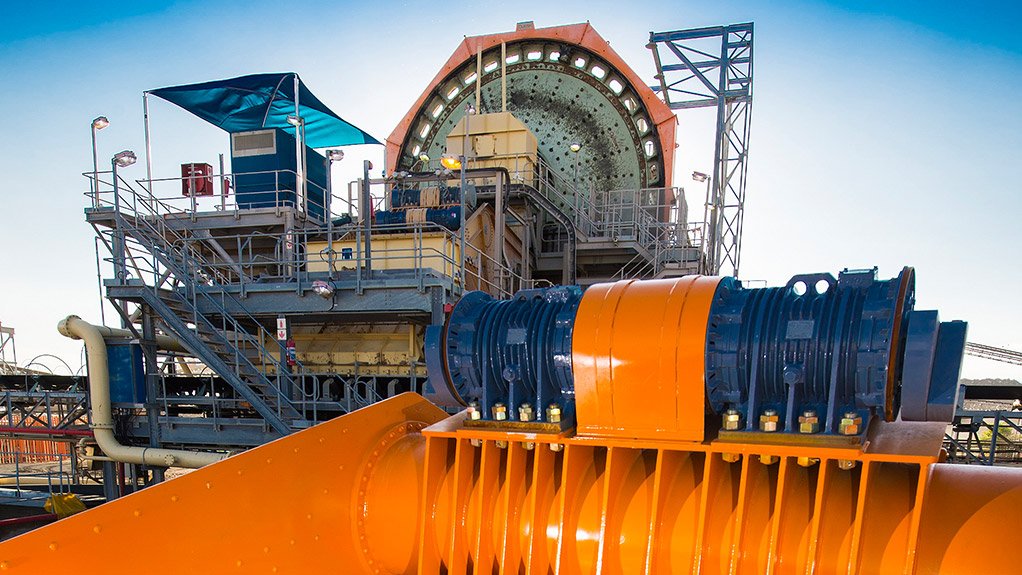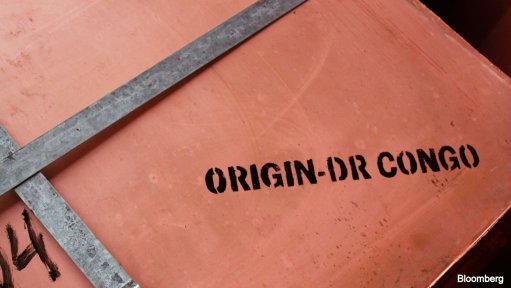Sustainable Plant Maintenance Needs Balanced Decision Making
This article has been supplied as a media statement and is not written by Creamer Media. It may be available only for a limited time on this website.
Adequate budgets for mine plant maintenance – to ensure minimal downtime and optimal performance – need to be based on a strategic management approach that can balance the mine’s production targets with its maintenance requirements.
According to general manager SA Services at Multotec, Garth Jones, this balance is mainly about the relative authority of the production and maintenance functions within an organisation.
“Where the power is unbalanced, and financial decisions unduly favour the production side of the business – to the detriment of the maintenance imperatives – then this can often spell trouble for the life-span and reliability of plant and equipment,” says Jones.
“The situation can be exacerbated by short term financial incentives that prioritise higher production, and have the unintended side effect of restricting budget to vital maintenance functions; where this happens, the operation will definitely suffer in the long term.”
He acknowledges that there is huge pressure on mines in terms of operational budgets, and says this has put a particular strain on maintenance activities – as these are often seen as the “low hanging fruit” when mines have to cut costs.
“It’s important that decision makers understand the importance of still allocating enough to the maintenance budget, to protect their assets for the long term while at the same time maintaining current production capacity and efficiency,” he says.
Larger, blue chip customers tend to manage the balance better, having the benefit of a longer term outlook and often greater financial resources. With the cut backs in capital expenditure budgets due to industry uncertainties and low commodity prices – which restricts the purchase of new equipment – there has been a renewed focus on maintaining older plant as an alternative to replacing these units. Jones says a closer relationship with the original equipment manufacturer (OEM) is the way to achieve the best results from such a focus.
“The prudent approach for most mines is to make use of a ‘package’ arrangement with the OEM, which includes the whole product life cycle from the concept and design, to the testing, commissioning, maintenance and refurbishment,” he says. “The involvement of the OEM throughout the product life cycle is critical to achieving the lowest possible costs of ownership. To let go of the OEM and rely on sources that are not sustainable, can be suicide.”
In addition to keeping equipment running in line with OEM specifications and standards, he highlights the value of continuous improvement – where even existing plant can be regularly upgraded to become more productive over its life span. OEMs are always developing their equipment’s capacity and economy over time, based on their substantial research and development efforts which track and leverage the performance of their global installed base of units.
“The innovation and advancement of our products – especially in these days of fast moving technological change – makes it impractical for mines to try and keep their in-house expertise up to speed with the evolving maintenance requirements of their range of various plant,” says Jones. Rather, it is more realistic and more cost effective to rely on the experience of the OEM, who has developed decades of best practice in the application of their products over a global installation base.”
As most end users work in relative isolation of each other, they tend to see only what is done within their business, and may miss out on the experience of other users. This broader experience, when shared by the OEM among its customers, translates into cost savings and operational efficiencies – as well as quicker problem solving at site level.
“Nine times out of ten, the challenges that customers face with their plants have been encountered before by someone else,” he says. “The solution has usually already been applied by the OEM at another customer, so there is no need to re-invent the wheel.”
Comments
Press Office
Announcements
What's On
Subscribe to improve your user experience...
Option 1 (equivalent of R125 a month):
Receive a weekly copy of Creamer Media's Engineering News & Mining Weekly magazine
(print copy for those in South Africa and e-magazine for those outside of South Africa)
Receive daily email newsletters
Access to full search results
Access archive of magazine back copies
Access to Projects in Progress
Access to ONE Research Report of your choice in PDF format
Option 2 (equivalent of R375 a month):
All benefits from Option 1
PLUS
Access to Creamer Media's Research Channel Africa for ALL Research Reports, in PDF format, on various industrial and mining sectors
including Electricity; Water; Energy Transition; Hydrogen; Roads, Rail and Ports; Coal; Gold; Platinum; Battery Metals; etc.
Already a subscriber?
Forgotten your password?
Receive weekly copy of Creamer Media's Engineering News & Mining Weekly magazine (print copy for those in South Africa and e-magazine for those outside of South Africa)
➕
Recieve daily email newsletters
➕
Access to full search results
➕
Access archive of magazine back copies
➕
Access to Projects in Progress
➕
Access to ONE Research Report of your choice in PDF format
RESEARCH CHANNEL AFRICA
R4500 (equivalent of R375 a month)
SUBSCRIBEAll benefits from Option 1
➕
Access to Creamer Media's Research Channel Africa for ALL Research Reports on various industrial and mining sectors, in PDF format, including on:
Electricity
➕
Water
➕
Energy Transition
➕
Hydrogen
➕
Roads, Rail and Ports
➕
Coal
➕
Gold
➕
Platinum
➕
Battery Metals
➕
etc.
Receive all benefits from Option 1 or Option 2 delivered to numerous people at your company
➕
Multiple User names and Passwords for simultaneous log-ins
➕
Intranet integration access to all in your organisation



